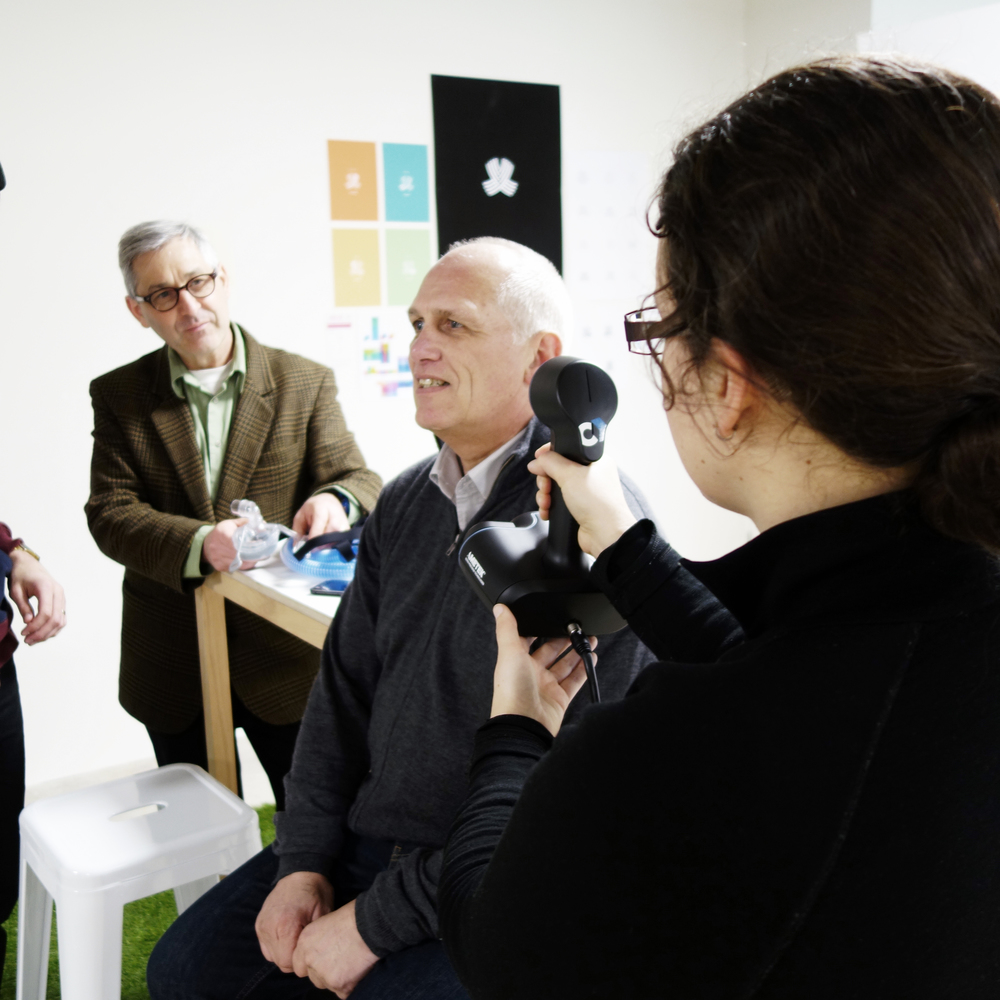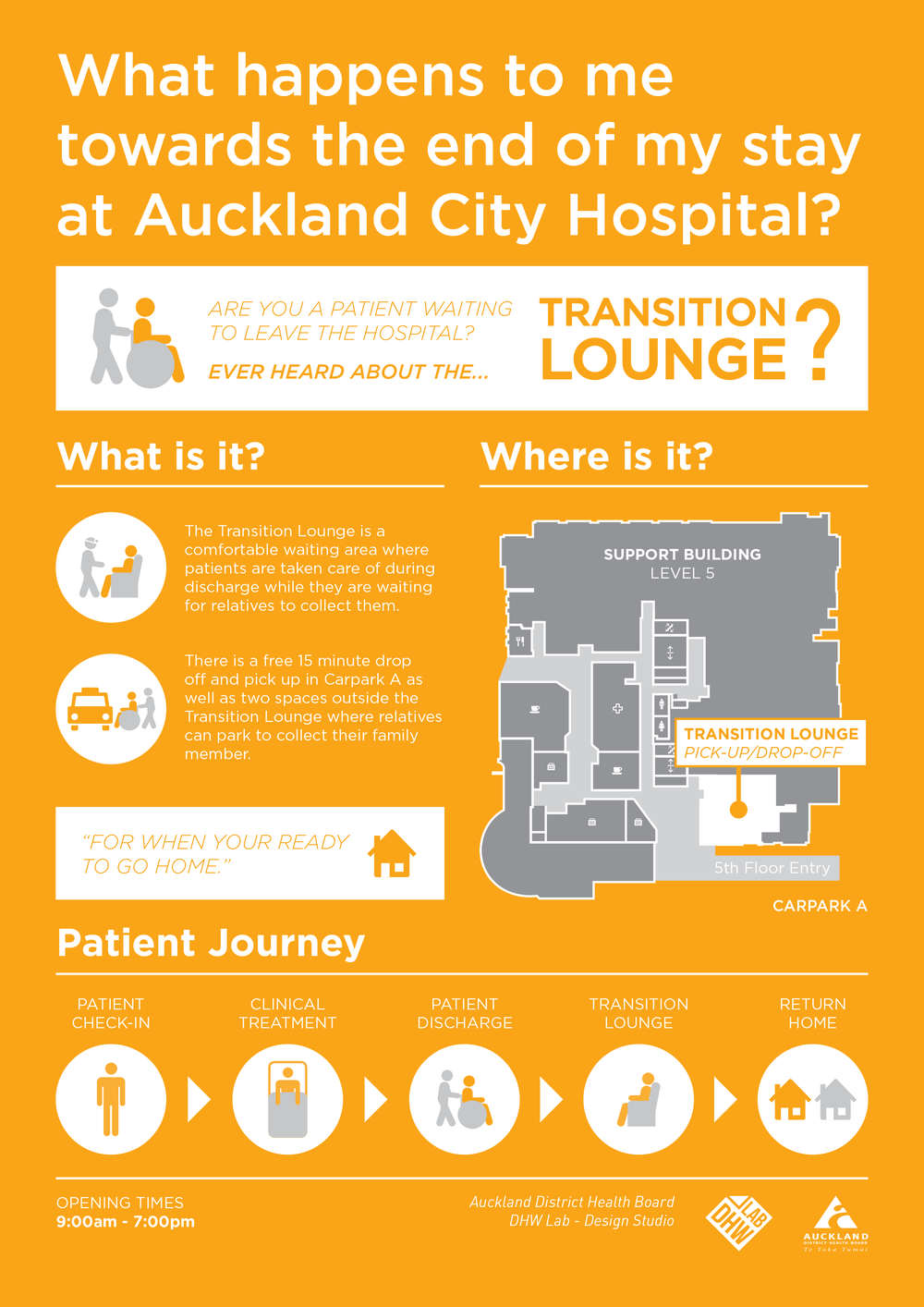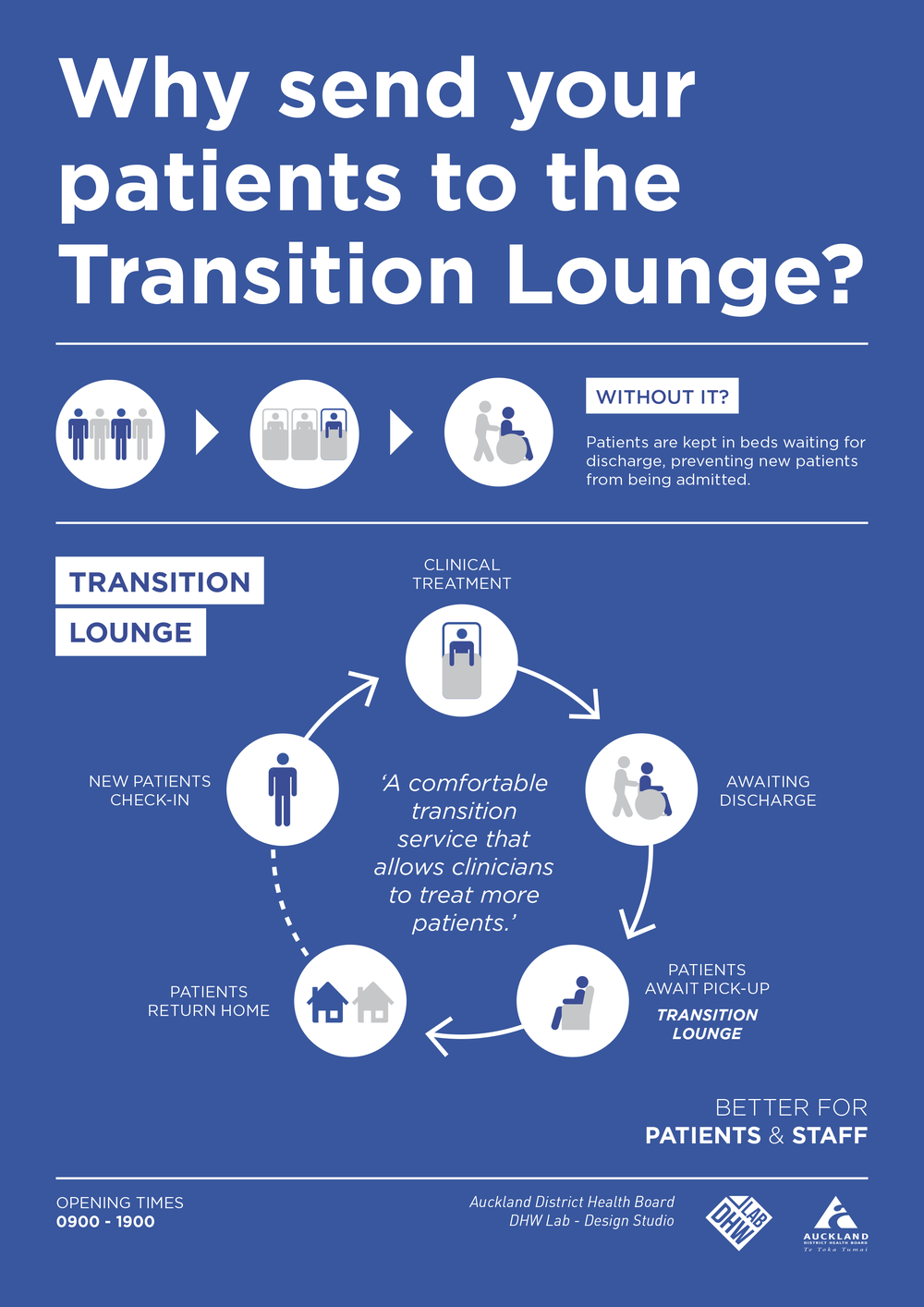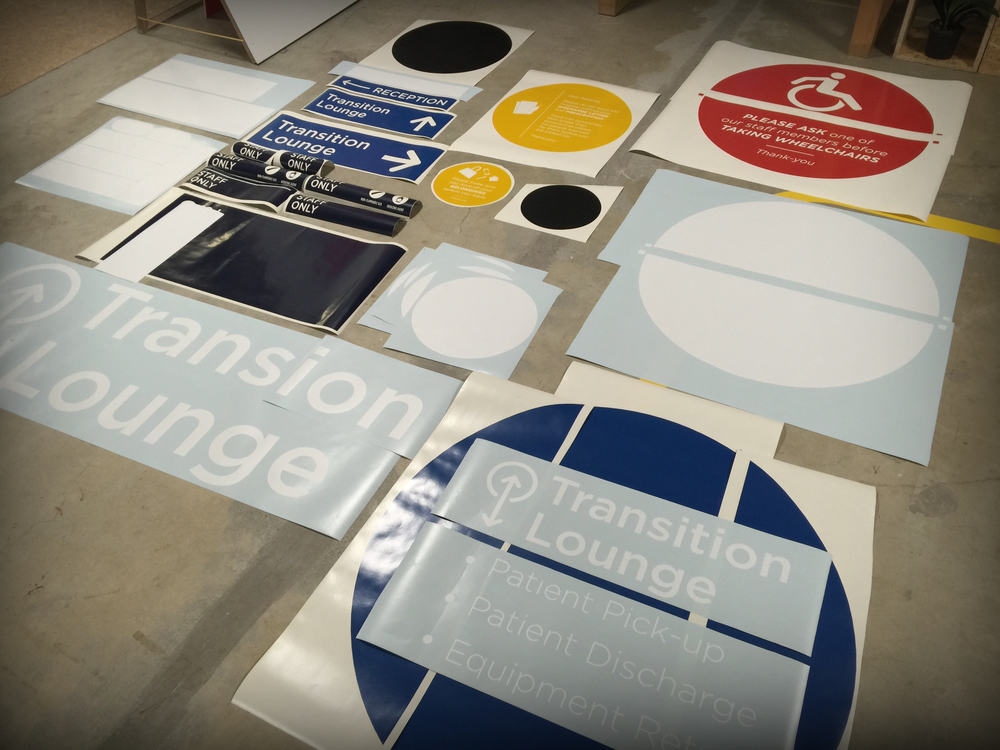We installed wayfinding prototypes in Starship Outpatients which has recently been refurbished. The department has a high number of different clinics running through this space on any given day. Due to this, there are a variety of patient journeys and processes. We needed to test our ideas to see what would work best to try streamline patient journeys through the space, taking into consideration current and future process changes.
Tiled A3's were spray glued on coreflute and hung in the space. Rather than prototyping signage for the entire department, one route was chosen to test. When installed, we sought feedback from families and staff in the space, to gauge what was working, and what needed improvement. The iterative and low-fi nature of the designs meant we could quickly respond with changes.
Going forward we're now consolidating the lessons learnt from prototyping, and incorporating these into the final design for install.






















